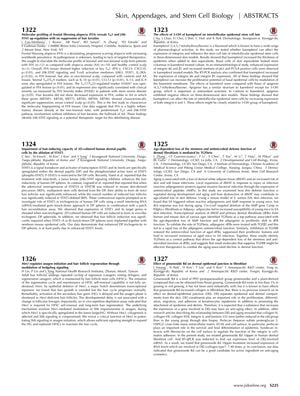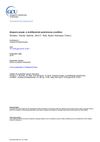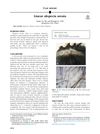Molecular Profiling of Frontal Fibrosing Alopecia Reveals TH1 and JAK-STAT Up-Regulation with No Suppression of Hair Keratins
April 2018
in “
Journal of Investigative Dermatology
”

TLDR Frontal fibrosing alopecia shows increased inflammation and JAK-STAT pathway activity without reduced hair proteins.
The document presents findings from a study on the molecular profile of frontal fibrosing alopecia (FFA), which included 12 patients with FFA, 10 with alopecia areata (AA), and 3 healthy controls. The study revealed that FFA tissues had higher levels of TH1 (IFN-γ, CXCL9, CXCL10) and JAK-STAT signaling mediators (JAK3, STAT1, IL-2RA), as well as several TH2/TH9 markers (IL-10, CCL13, IL-13, IL-9), even in non-lesional scalp compared to controls and AA tissues. The TH17/T22-regulated marker S100A7 was also upregulated in FFA lesions and correlated with clinical severity. Unlike AA, hair keratins were not suppressed in FFA. This research suggests that FFA is a highly inflammatory disease with predominant TH1 and JAK-STAT pathway involvement, identifying JAK-STAT signaling as a potential therapeutic target for FFA.


